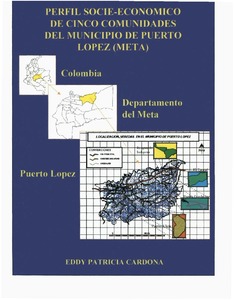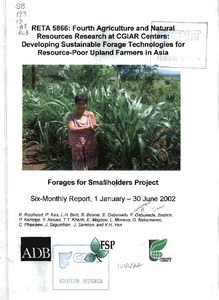Soil conservation measures are prescribed and recommendations are given for the conservation of: (a) lowlands and flat areas and land sloping in various degrees, pasture lands and range lands. Measures are required for the environmentally sound production of food, wood, and other commodities based on sustainable use of land, species and ecosystem. In most areas of Uganda the combination of several conservation practices are recommended and packages will depend on area and crops, livestock and tree species on the land. Measures regard land moving works and cultivation/agro-forestry.






